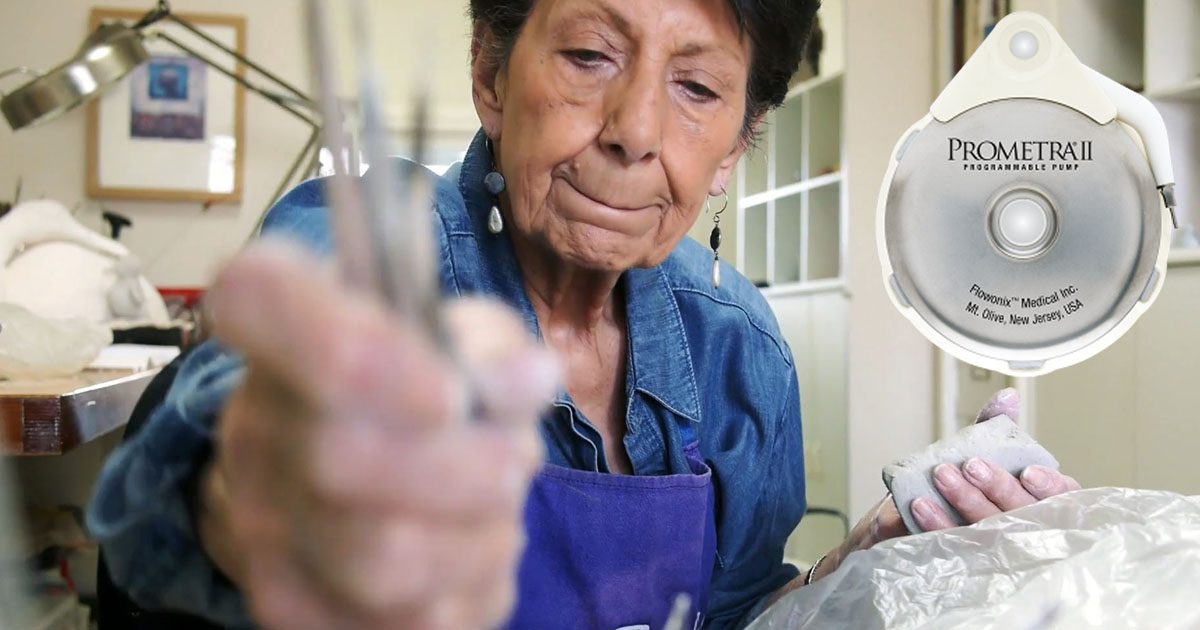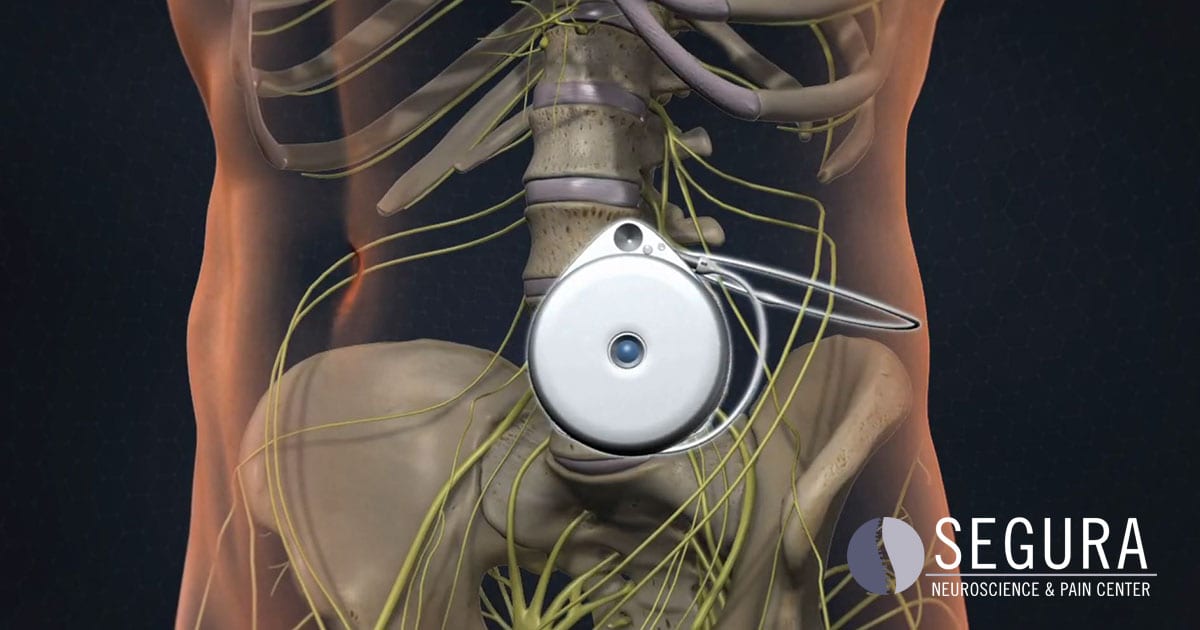
How Pain Pumps Treat Chronic Pain
Pain pumps, sometimes called intrathecal pump implants, are a method of delivering pain relief medication directly to the source of chronic pain. The pump is about the size of a hockey puck, and is placed within the body to administer medication at regular intervals. The type of medication that the pump delivers will vary from patient to patient. While some patients are prescribed opioids like morphine, others may respond better to local anesthetics. Sometimes, a mixture of more than one type of medication is used.
Once an appropriate medication is determined, the doctor then programs the pump to administer medication at a pre-set time interval. Once inserted, the pain pump delivers the medication via a catheter to the fluid-filled area of the spinal cord, or the intrathecal region. By pumping medication to this part of the spine, the pain pump can block pain receptors from reaching the brain, preventing pain from being experienced by the patient.

The Pain Pump Insertion Process
Once a patient is determined to be a good candidate for treatment with a pain pump, they will need to undergo a trial in order to know whether the device will effectively eliminate the chronic pain. This ensures that the pain pump is not fully implanted into a patient that will not find long-term relief from the treatment. The trial involves the insertion of an intrathecal catheter to an external pump, which is meant to temporarily deliver the same type of medicine to the spine as a permanent pump. If this temporary pump effectively alleviates the pain, it can then be replaced with a permanent device.
On the day of surgery, the patient is placed under general anesthesia. A new catheter is placed in the intrathecal space of the spinal cord, which is then attached to the pump. After it has been programmed, the pain pump itself is then placed into the abdomen. Pain pump surgery normally takes between one and three hours to complete.
The First Implant in Louisiana

Recovery from Pain Pump Surgery
Life With a Pain Pump
The biggest change you can expect after pain pump surgery is a large reduction in chronic pain. Aside from the relief a pain pump can bring, very little will change-- in fact, patients often find that they are able to do and experience more than they ever could while they were suffering from chronic pain. Once recovery is complete, patients can expect to visit their doctor every three to five months to refill their pump with medication.
Pain pump surgery is designed to be a permanent solution to chronic pain. When Dottie, a long-term bone cancer patient experiencing chronic full-body pain, had exhausted all other options, her doctor recommended the Prometra II Pain Pump. Dottie was eager to get back to normal life in her ceramic studio, and was growing frustrated with the ineffectiveness and the many negative side effects of oral painkillers. When she learned what pain pump surgery could offer her-- pain relief with no side effects-- Dottie was instantly on board. Within days of surgery, she was getting back to her normal life again. Thanks to the pain pump, she can rest assured that her severe chronic pain will not interrupt her life again.
Dottie's Story
“After I received the pump, my whole life changed. Within a couple of days, it changed. I was excited-- I actually fixed breakfast, I was able to call friends, and best of all, I was back in the studio.”
Explore Your Chronic Pain Treatment Options
This website is not intended to provide specific medical advice, medical diagnosis, opinion, treatment or services to you or to any other individual. Through this website and links to other websites, Segura Neuroscience & Pain Center provides general information for educational purposes only. The information provided in this site is not a substitute for medical or professional care. You should not use this information in place of the advice of your physician or other healthcare provider. Segura Neuroscience & Pain Center is not liable or responsible for any advice, course of treatment, diagnosis or any other information, services or product you obtain through this website.
